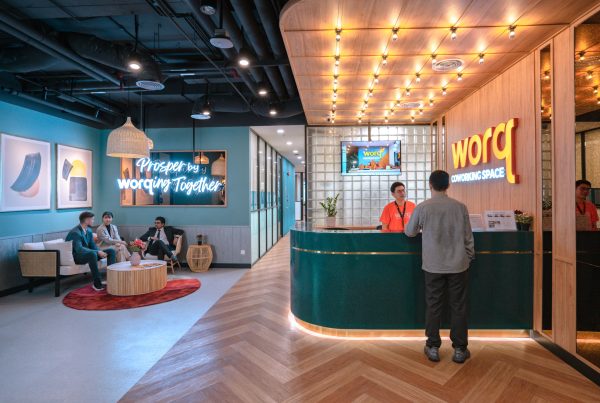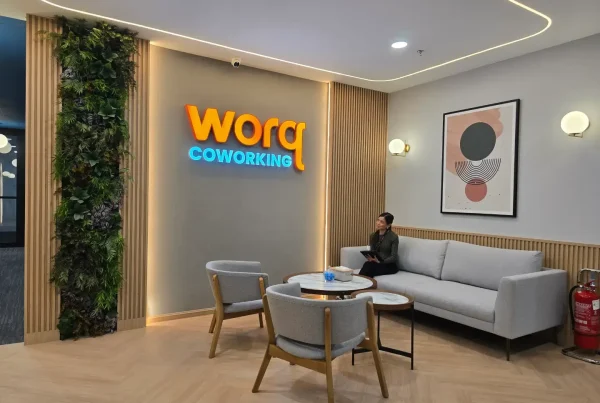Introduction
The global capital market plays a pivotal role in shaping economies, influencing investment decisions, and, naturally, affects local coworking spaces as well. As we delve deeper, we’ll uncover how global capital flows affect coworking spaces. Its significance, as detailed by Investopedia, cannot be understated, as shifts in this arena can send ripples across industries, sectors, and even everyday businesses. For those keen on delving deeper into the nuances of the global capital market, resources like Cavendish Professionals and the Times of India offer comprehensive insights.
Enter the world of coworking spaces—Their rise is not just a testament to changing work cultures but also an indicator of how local businesses can be influenced by broader global trends. For a deeper understanding, consider the recent data from BCG that highlights the trends in global capital flows, especially in the post-pandemic world. Additionally, the growth projections from GlobeNewswire emphasize the expected surge in the coworking space market, further solidifying its position in the global business landscape.
Understanding Global Capital Flows

Global capital flows refer to the movement of money for the purpose of investment, trade, or business production, across borders. According to Investopedia, these flows can be both long-term, such as investments in infrastructure projects or company acquisitions, and short-term, like money market transactions. The International Monetary Fund (IMF) also provides insights into how global capital flows can defy traditional economic expectations, further emphasizing their significance in the global economy.
a) The importance of global capital flows is manifold:
Economic Growth: Capital flows can stimulate economic growth by providing countries with the necessary funds for investment. This can lead to job creation, infrastructure development, and technological advancements.
Risk Diversification: For investors, international investments allow for diversification of assets, reducing the risk associated with being tied to a single economy. More insights on the relationships between capital flow and economic growth can be found in this study.
Interest Rate Parity: Capital flows help in achieving interest rate parity across countries, ensuring that returns on comparable assets are in equilibrium when adjusted for exchange rates. A deeper dive into the causes and consequences of large capital flows can be explored here.
b) Recent trends in global capital movements have been characterized by:
Shift Towards Emerging Markets: There’s been a noticeable tilt towards emerging markets, as investors seek higher returns in these rapidly growing economies. Recent insights from Lazard Asset Management and CNBC highlight the potential and challenges of investing in these regions.
Retreat from Globalization: Geopolitical tensions and trade wars have led to a certain degree of skepticism about globalization, causing some investors to pull back from international markets. Comprehensive studies from sources like the IMF delve deeper into these dynamics.
Digital Investments: The rise of digital currencies and fintech has seen a new wave of capital flows, as investors navigate the opportunities and challenges of the digital realm. Reports from J.P. Morgan and Forbes provide a comprehensive view of this digital transformation and its implications for the financial sector.
Response to Pandemics: The recent COVID-19 pandemic led to a massive disruption in capital flows, with a sharp decline followed by a swift recovery, showcasing the resilience and volatility of global markets. The OECD and the IMF offer detailed analyses on the pandemic’s impact on global capital movements.
The Rise of Coworking Spaces

The shift from traditional office setups to more flexible and evolved co-working environments has been notable, as highlighted by YourStory. Furthermore, the rapid growth and evolution of these spaces have been discussed in various platforms, including a piece on LinkedIn. Knoll, a renowned brand in the office furniture industry, also delves into the rise of co-working, emphasizing its significance in the modern workplace. As the co-working space market continues to expand, reports like the one from The Business Research Company provide insights into its global trends and future projections.
a) Evolution and Growth
Beginnings: The co-working concept, as we recognize it today, took root in 2005 in San Francisco. This space was more than just a physical location; it was a hub where freelancers and remote workers could converge, fostering an environment of collaboration and idea-sharing.
Global Expansion: The initial successes of co-working spaces didn’t go unnoticed. Before long, cities from New York to Nairobi began to witness the rise of communal workspaces. Today, these spaces have become a staple in major urban centers worldwide.
Diverse Offerings: Over the years, the co-working model has continually evolved to meet the diverse needs of its clientele. This transformation can be traced back to the early days when the first pseudo-coworking space, known as C-Base, was created by computer engineers as a “hackerspace” in Berlin.
Major Players: As the co-working industry matured, it gave rise to dominant global entities. Companies like WeWork and Regus have expanded their footprints across continents, solidifying their position in the industry and shaping the future of flexible workspaces.
b) Benefits for Businesses and Freelancers:
Flexibility: Coworking spaces have earned renown for their adaptability. They offer flexible lease terms, allowing businesses to scale up or down based on their needs. This flexibility stands in stark contrast to the long-term commitments often associated with traditional office leases.
Cost-Effective: One of the standout advantages of coworking spaces is their cost-effectiveness. For startups and freelancers, these spaces provide access to premium office amenities without the hefty price tag of setting up a private office.
Networking Opportunities: Coworking spaces are more than just places to work; they’re melting pots of diverse professionals. These environments offer ample opportunities for networking, collaboration, and even finding potential clients or partners.
Enhanced Productivity: Beyond the tangible amenities, there’s something about the atmosphere of a coworking space that can boost productivity. Free from the distractions of home or public spaces, a well-designed co-working environment fosters focus and efficiency.
Strategies for Coworking Spaces to Navigate Global Capital Shifts

a) Diversifying Revenue Streams
Beyond Desk Rentals: While renting out desk space is the primary revenue source for most coworking spaces, there are other avenues to explore. This includes offering event spaces for workshops, seminars, and corporate events, or providing value-added services like business consultancy, printing, or IT support.
Membership Tiers: Introducing various membership tiers with different price points and amenities can cater to a broader clientele.
Virtual Services: Offering virtual office services can cater to businesses that require other professional services.
b) Building Strong Community Ties
Networking Events: Hosting regular networking events can foster a sense of community among members, encouraging longer-term commitments and consistent occupancy.
Skill-Sharing Workshops: By organizing workshops, it transforms the coworking space into more than a place to work.
Feedback Mechanisms: Soliciting and acting on feedback ensures that the coworking space meets the evolving needs of its community.
Conclusion
From shared desks to a global force, the co-working industry has shown resilience, evolving with business needs. Its adaptability, community spirit, and innovation focus position it to thrive amid economic changes.





